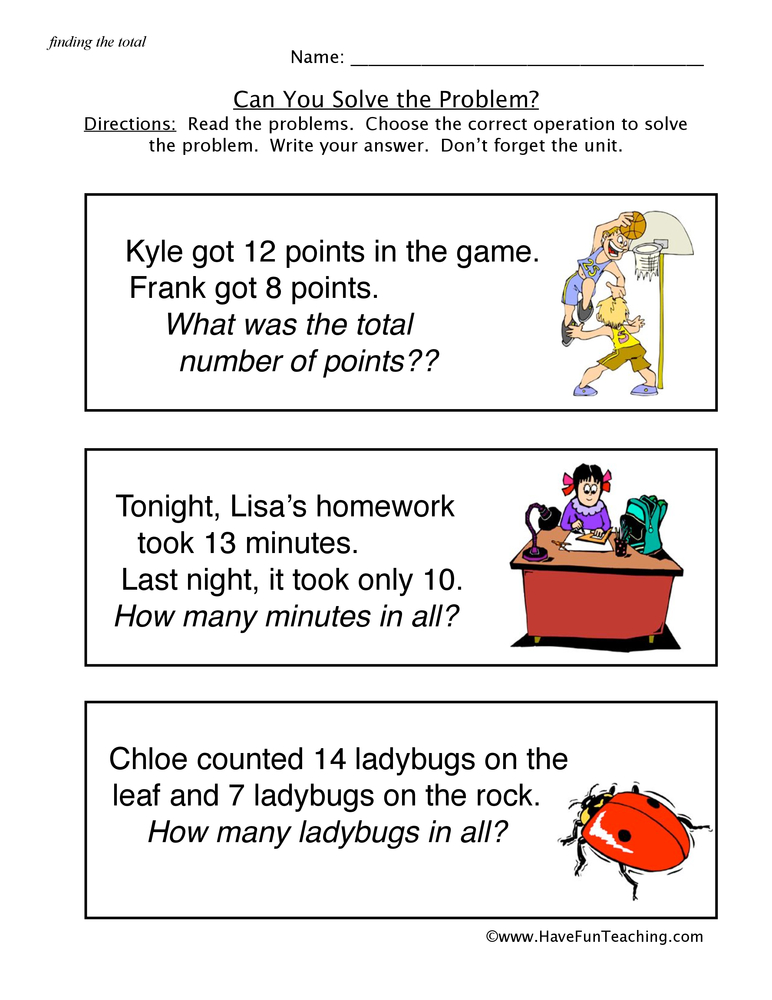
Unlocking Potential: The Transformative Power of Problem-Solving Worksheets
In an increasingly complex world, the ability to effectively solve problems is not merely a desirable trait, but a fundamental life skill. From navigating personal dilemmas to tackling professional challenges, our capacity to identify issues, strategize solutions, and implement action plans dictates much of our success and well-being. While problem-solving might seem like an innate talent for some, it is, in fact, a skill that can be systematically taught, practiced, and refined. Among the most effective tools for this development are problem-solving worksheets. These structured documents provide a clear, step-by-step framework that guides individuals through the often-intimidating process of confronting and resolving challenges.
This article delves into the profound utility of problem-solving worksheets, exploring their core components, diverse applications, benefits across various contexts, and practical considerations for their design and implementation. By offering a systematic approach to what can often feel overwhelming, these worksheets empower individuals to move from passive bewilderment to active, empowered resolution.
What Are Problem-Solving Worksheets?
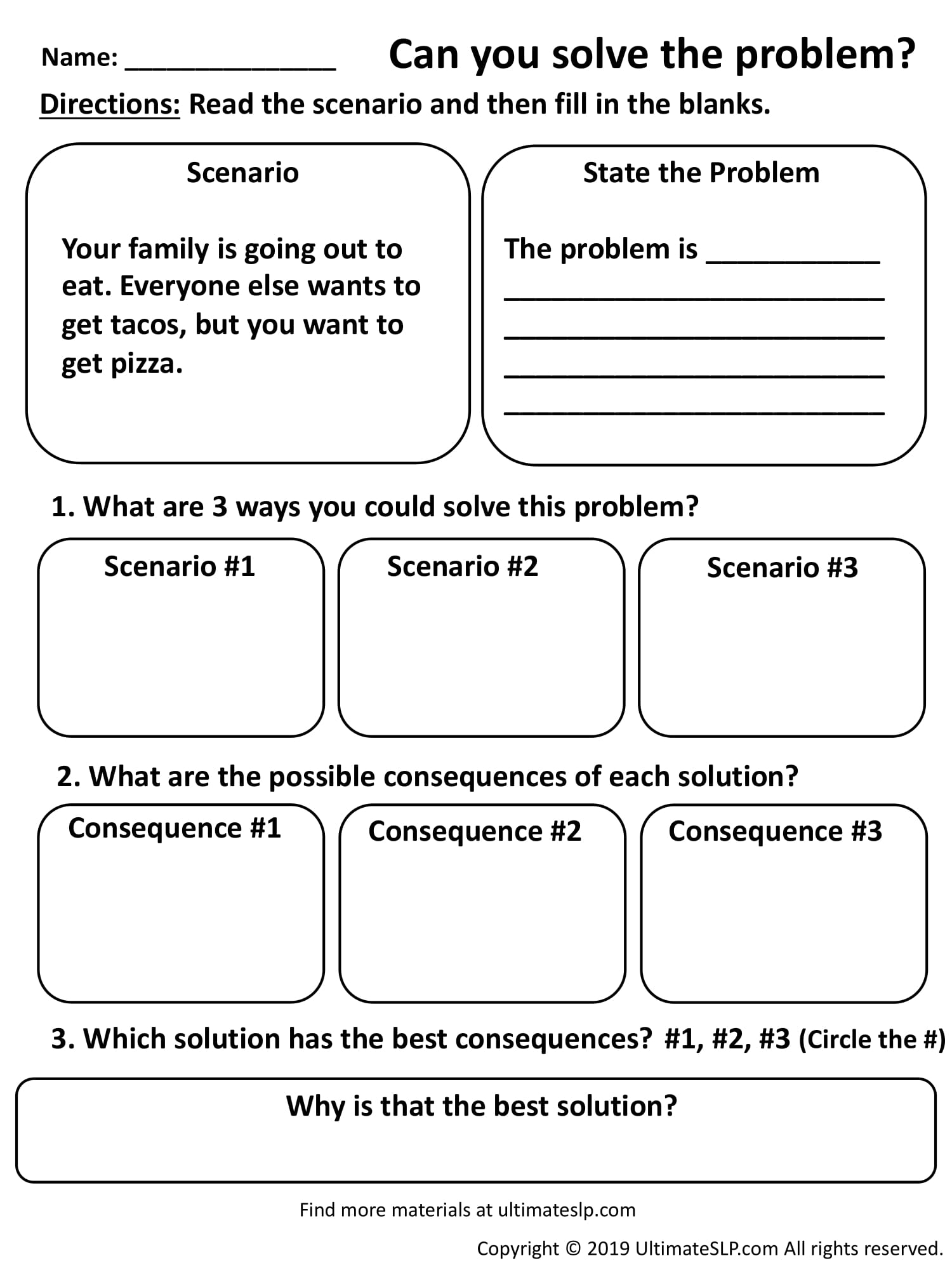
At its core, a problem-solving worksheet is a guided template designed to facilitate a structured approach to problem-solving. Unlike a simple blank page, it typically includes specific prompts, sections, and questions that nudge the user through a logical sequence of steps. The aim is to externalize the often chaotic internal thought process, making it visible, manageable, and actionable.

While their format can vary widely – from simple flowcharts to multi-page workbooks – most effective problem-solving worksheets share common foundational elements. These usually include:
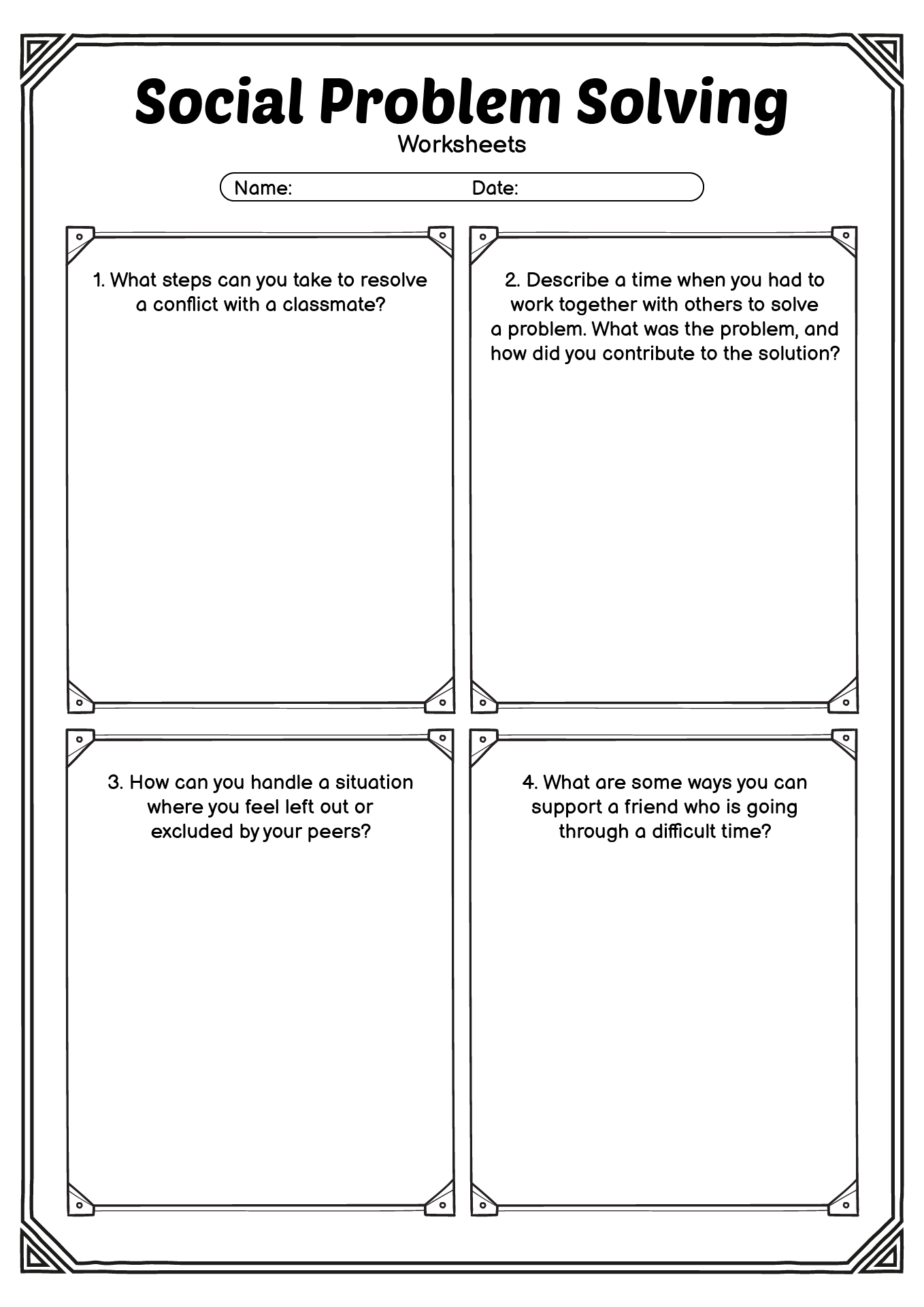
- Problem Identification: A dedicated space to clearly define the problem at hand, moving beyond vague feelings to specific, observable issues.
- Goal Setting: Articulating what a successful resolution would look like.
- Brainstorming Solutions: Encouraging divergent thinking to generate multiple potential solutions, no matter how unconventional they may seem initially.
- Evaluating Options: Providing criteria or a framework to assess the pros and cons, feasibility, and potential impact of each proposed solution.
- Action Planning: Detailing the specific steps required to implement the chosen solution, including timelines and resources.
- Review and Reflection: A section to evaluate the outcome, learn from the experience, and adjust strategies for future challenges.
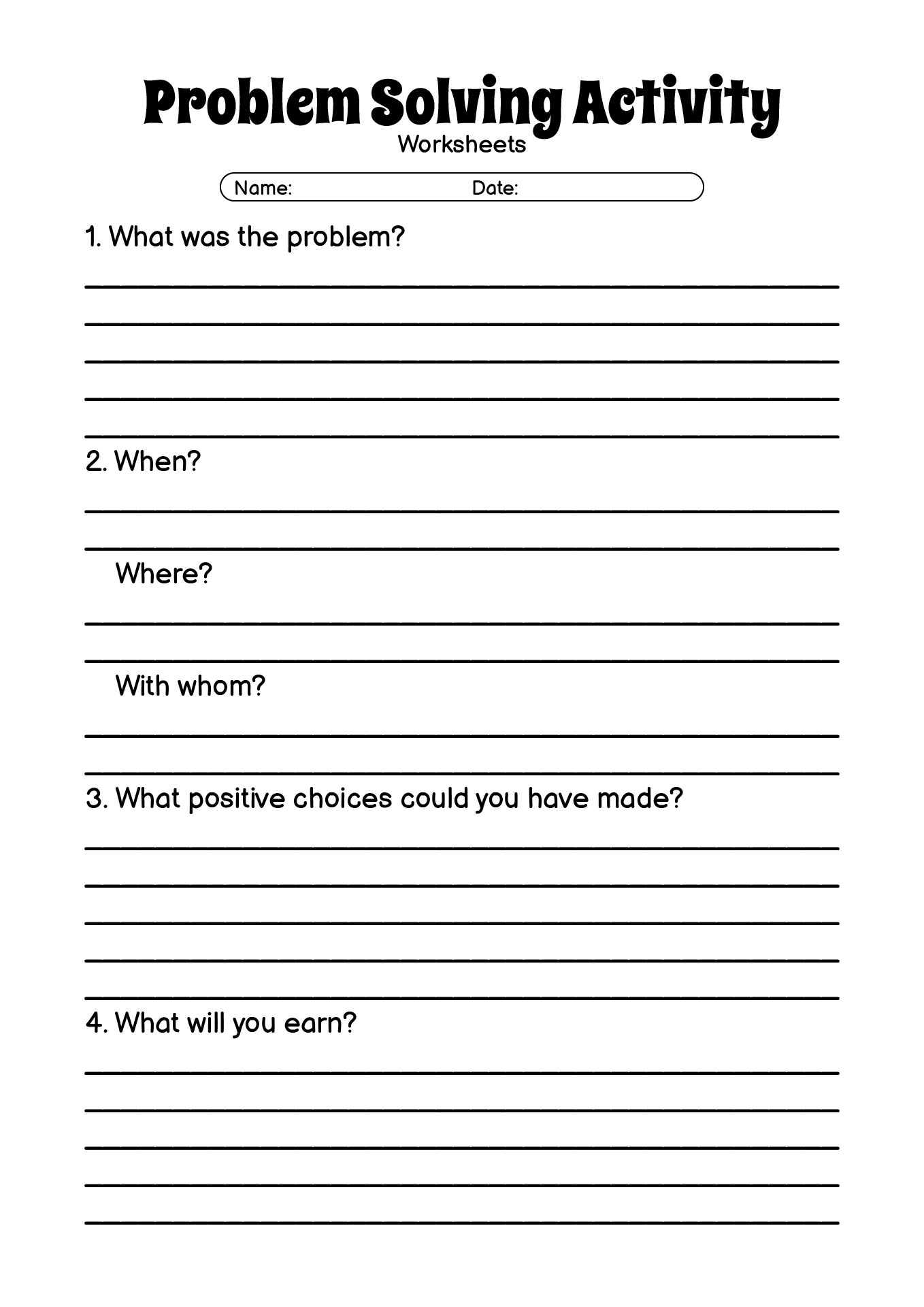


These structured prompts help individuals break down large, intimidating problems into smaller, more manageable parts, making the entire process less daunting and more achievable.
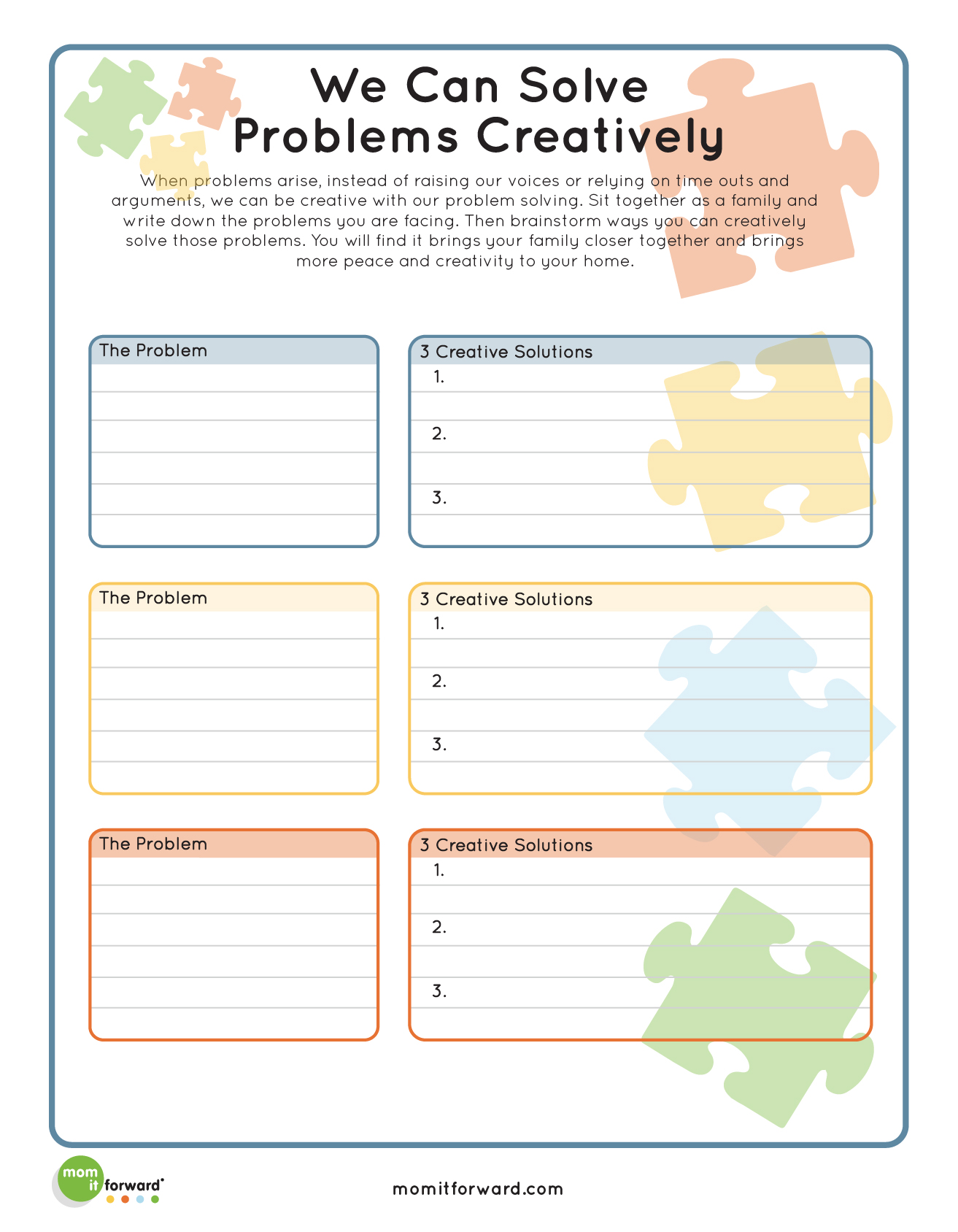
The Unparalleled Benefits of Problem-Solving Worksheets
The efficacy of problem-solving worksheets stems from their ability to bring order to cognitive chaos. Their benefits extend across cognitive, emotional, and practical domains:

- Structured Thinking: They impose a logical sequence, preventing individuals from jumping prematurely to conclusions or getting stuck in analysis paralysis. This systematic approach helps in developing a habit of critical and sequential thinking.
- Reduced Overwhelm and Anxiety: When faced with a complex problem, the sheer magnitude can be paralyzing. Worksheets break down the problem into smaller, digestible steps, making it feel less intimidating and more manageable, thereby reducing associated anxiety.
- Enhanced Self-Awareness and Reflection: The process of articulating a problem, exploring feelings, and evaluating solutions encourages introspection. Individuals gain a deeper understanding of their thought patterns, emotional responses, and decision-making biases.
- Development of Critical Thinking Skills: By requiring users to analyze, compare, and contrast potential solutions, these worksheets hone critical thinking, logical reasoning, and decision-making abilities.
- Improved Resilience: Successfully navigating problems builds confidence and resilience. Each time a problem is solved using a structured approach, individuals gain a sense of agency and a belief in their ability to handle future challenges.
- Promotes Independent Problem-Solving: While initially used with guidance, consistent engagement with these worksheets fosters an internal framework for problem-solving, making individuals more self-reliant over time.
- Facilitates Communication: In group settings, a shared worksheet provides a common language and framework for discussion, ensuring that everyone is on the same page and contributing constructively.
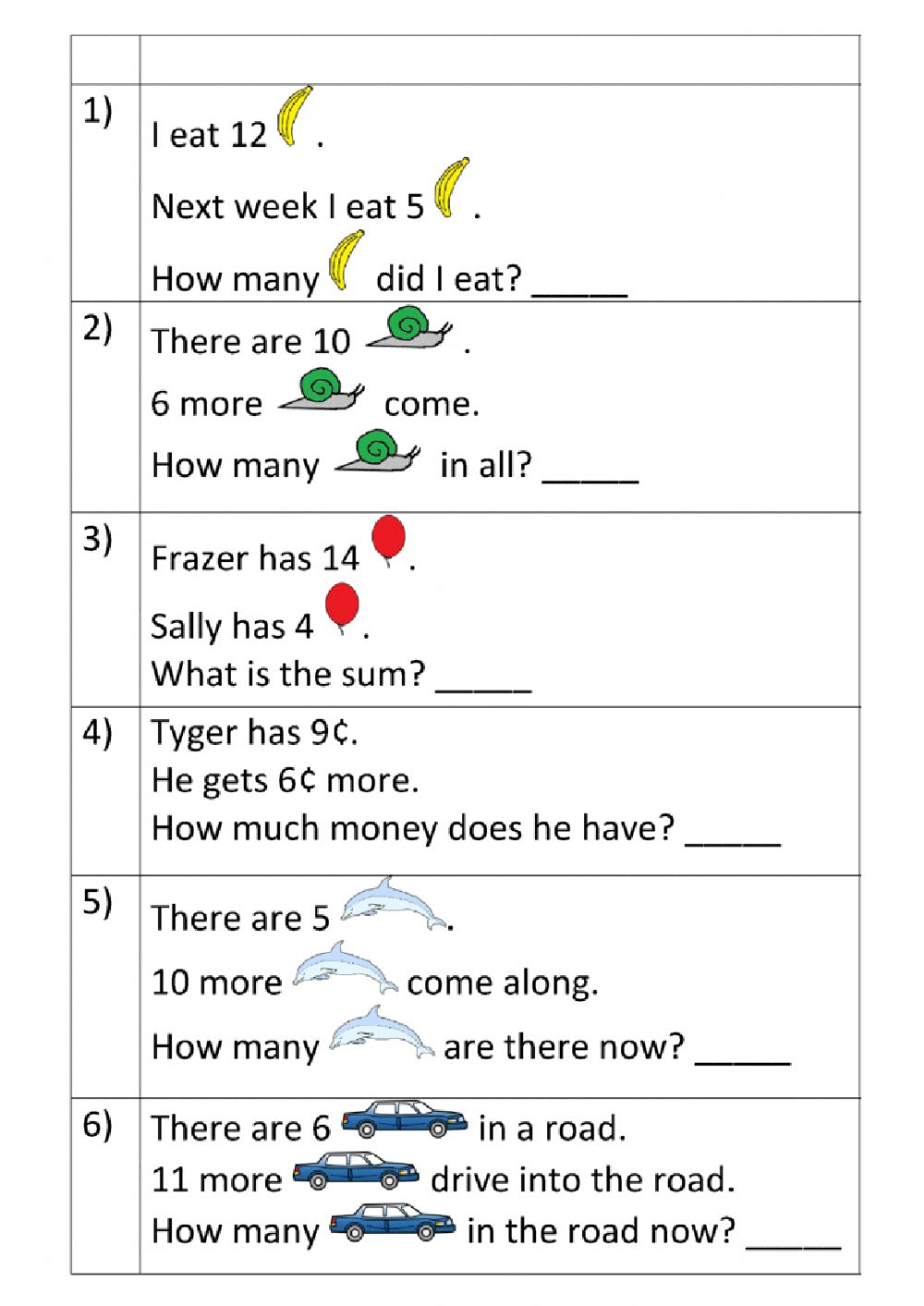
Diverse Applications: Who Can Benefit?
The versatility of problem-solving worksheets makes them invaluable tools across a wide spectrum of environments and demographics:
- Education: In schools, these worksheets are vital for teaching children and adolescents how to approach academic challenges, social conflicts, and emotional regulation. For instance, a worksheet might guide a student through identifying why they are struggling with a particular subject, brainstorming study strategies, and planning their execution. For younger children, they can be simplified to address issues like sharing toys or managing frustration.
- Therapy and Counseling: Mental health professionals widely use problem-solving worksheets as a core component of cognitive behavioral therapy (CBT), dialectical behavior therapy (DBT), and other therapeutic modalities. They help clients identify triggers for anxiety, depression, anger, or addiction; challenge negative thought patterns; develop coping mechanisms; and plan concrete steps toward recovery and well-being. A common example is a "Thought Record" worksheet, which helps individuals identify distressing thoughts, examine evidence for and against them, and reframe them more realistically.
- Workplace and Professional Development: In organizational settings, problem-solving worksheets can be used for project management, team conflict resolution, strategic planning, and process improvement. They provide a standardized method for teams to diagnose issues, brainstorm innovative solutions, evaluate risks, and develop actionable implementation plans. This fosters a culture of proactive problem-solving and reduces the likelihood of issues escalating.
- Personal Development and Life Coaching: Individuals seeking to improve their personal lives – whether it’s managing finances, setting career goals, improving relationships, or making significant life decisions – can greatly benefit. Worksheets offer a private, reflective space to organize thoughts, weigh options, and commit to personal growth initiatives.
- Parenting: Parents can use simplified versions of these worksheets to teach their children age-appropriate problem-solving skills, empowering them to resolve their own disputes or challenges rather than always relying on adult intervention.
Core Components of Effective Problem-Solving Worksheets
While the specific layout can vary, truly effective problem-solving worksheets incorporate several key elements that guide the user through a comprehensive process:
- Clear Problem Definition: This is the cornerstone. Prompts should encourage specificity. Instead of "I’m unhappy," it might prompt: "What specific situation or event is causing distress? When does it occur? Who is involved?"
- Emotional Awareness: Especially in therapeutic contexts, worksheets often include sections to acknowledge feelings associated with the problem. "How does this problem make you feel?" This validates emotions and prevents them from derailing the rational process.
- Brainstorming without Judgment: A dedicated space for generating all possible solutions, no matter how outlandish. Emphasize quantity over quality at this stage to encourage divergent thinking.
- Pros and Cons / Cost-Benefit Analysis: For each potential solution, sections to list advantages and disadvantages, or short-term versus long-term impacts. This encourages a balanced evaluation.
- Feasibility and Resource Assessment: Questions like "What resources (time, money, skills) do I need?" or "What are the potential obstacles?" help ground solutions in reality.
- Action Plan with Specific Steps: Once a solution is chosen, the worksheet should prompt for concrete, measurable, achievable, relevant, and time-bound (SMART) steps. "Who will do what by when?"
- Contingency Planning: "What if the first solution doesn’t work? What’s my backup plan?" This builds resilience and reduces discouragement.
- Review and Reflection Questions: "What did I learn from this process? What worked well? What could I do differently next time?" This transforms problem-solving into a continuous learning loop.
Designing and Implementing Effective Problem-Solving Worksheets
Creating or selecting effective problem-solving worksheets requires careful consideration:
- Target Audience: The language, complexity, and examples must be appropriate for the age, cognitive ability, and context of the user. A worksheet for a child will be very different from one for a corporate executive.
- Clarity and Simplicity: Avoid jargon. Instructions should be straightforward and easy to understand. Visual aids like arrows, boxes, and simple graphics can enhance clarity.
- Sufficient Space: Provide ample room for users to write, draw, or brainstorm. Cramped spaces can stifle creativity and reflection.
- Open-Ended Questions: While structured, the prompts should encourage thoughtful responses rather than simple yes/no answers.
- Flexibility: While providing a framework, good worksheets allow for individual nuance and the unique nature of each problem.
- Integration: Worksheets are most effective when integrated into a broader strategy. For children, this might mean discussing their responses with a parent or teacher. For therapy clients, it involves discussing with their therapist. For teams, it’s part of a collaborative process.
- Iterative Design: Be prepared to revise and refine worksheets based on user feedback and observed effectiveness.
Practical Tips for Maximizing Their Impact
To truly leverage the power of problem-solving worksheets, consider these practical tips:
- Start Small: For beginners, choose relatively minor problems to practice the process. Success with smaller issues builds confidence for larger ones.
- Consistency is Key: Regular use helps internalize the structured thinking process, making it more automatic over time.
- Model the Behavior: If facilitating for others (e.g., parents with children, managers with teams), demonstrate how to use the worksheet by thinking aloud through a simple problem.
- Embrace Imperfection: The goal is not always to find the "perfect" solution, but to engage in a thoughtful process. Encourage users to accept that some solutions may not work out as planned and that learning from failure is part of the process.
- Personalize When Possible: Encourage users to adapt the worksheet to their specific needs, adding extra sections or modifying prompts as necessary.
- Combine with Discussion: Especially in educational or therapeutic settings, discussing the worksheet responses can provide deeper insights, challenge assumptions, and offer alternative perspectives.
- Celebrate Progress: Acknowledge efforts and small successes. The act of completing the worksheet and taking action, regardless of the immediate outcome, is a step forward.
Challenges and Considerations
While highly beneficial, it’s important to acknowledge potential challenges and limitations:
- Over-reliance: Worksheets are tools, not magic solutions. Over-reliance without internalizing the skills can lead to dependency.
- Resistance: Some individuals may resist the structured format, preferring more intuitive or less formal approaches.
- Complexity of Problems: Extremely complex, multi-faceted problems may require more than a single worksheet, possibly necessitating a series of worksheets or a more extensive intervention.
- Lack of Follow-Through: Completing a worksheet is one thing; implementing the action plan is another. Motivation and accountability are still crucial.
- Not a Substitute for Support: For deep-seated psychological issues, worksheets are a supportive tool, not a replacement for professional therapy or counseling.
Conclusion
Problem-solving worksheets are not merely pieces of paper; they are powerful architects of thought, building blocks for resilience, and catalysts for personal growth. By providing a clear, systematic pathway through the often daunting landscape of challenges, they empower individuals of all ages and in all walks of life to transform problems into opportunities for learning and development. Whether used in a classroom to teach foundational life skills, in a therapeutic setting to navigate complex emotions, or in a boardroom to strategize corporate solutions, these structured tools unlock potential, fostering a proactive and empowered approach to the myriad of problems that life inevitably presents. In an ever-evolving world, the ability to solve problems effectively is the ultimate superpower, and problem-solving worksheets are an indispensable guide on that transformative journey.
